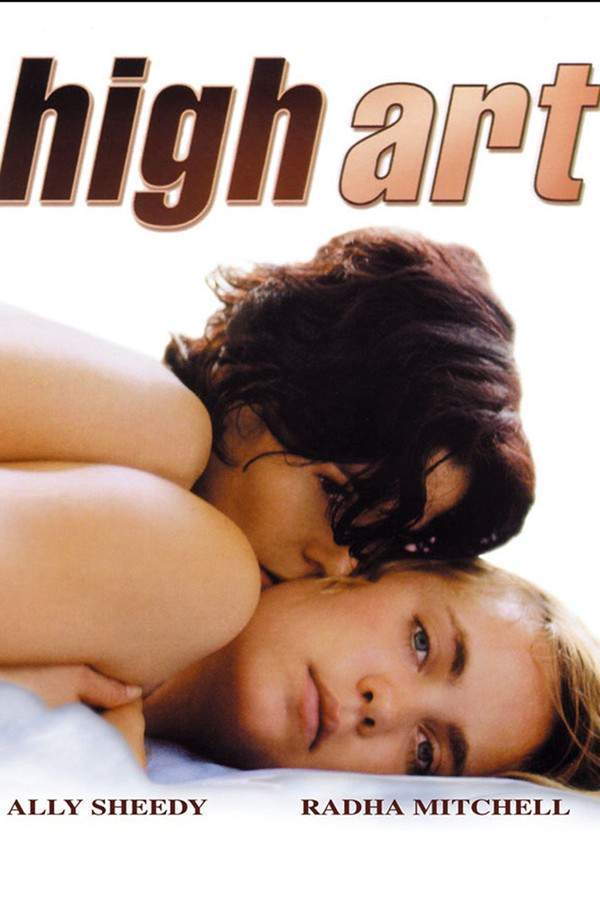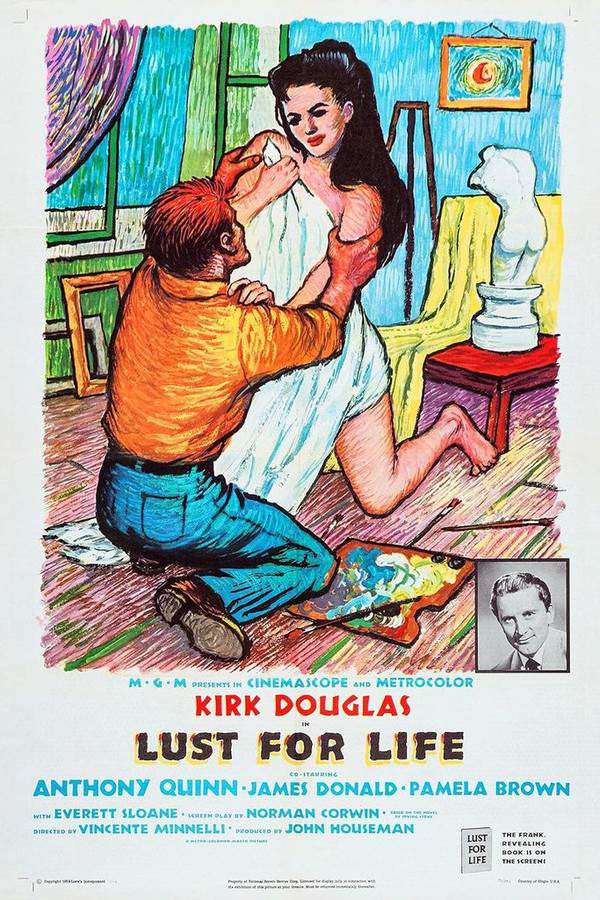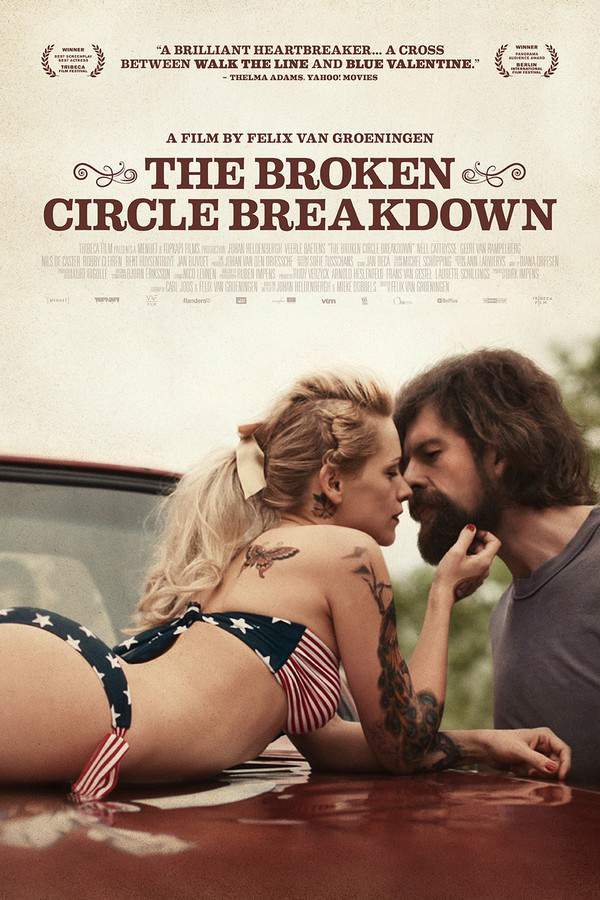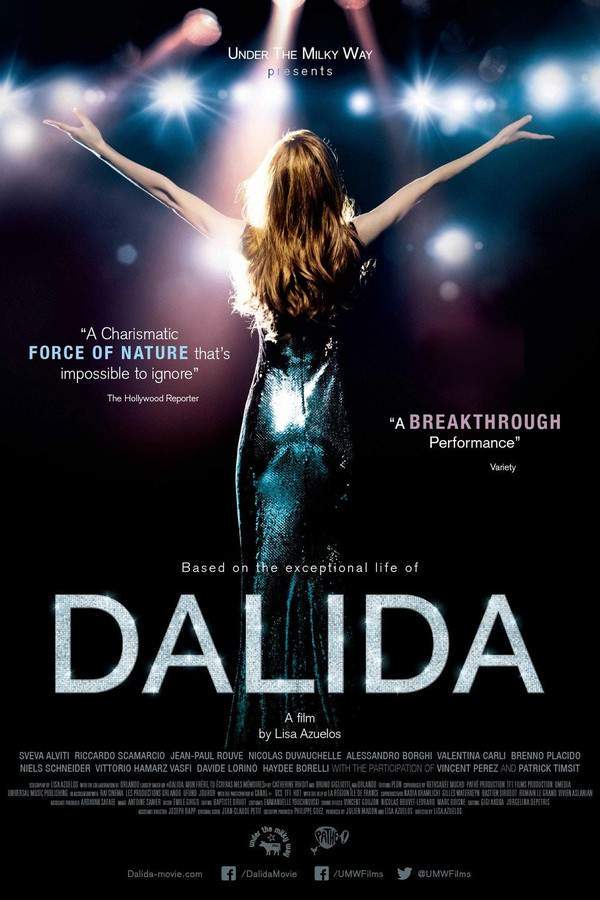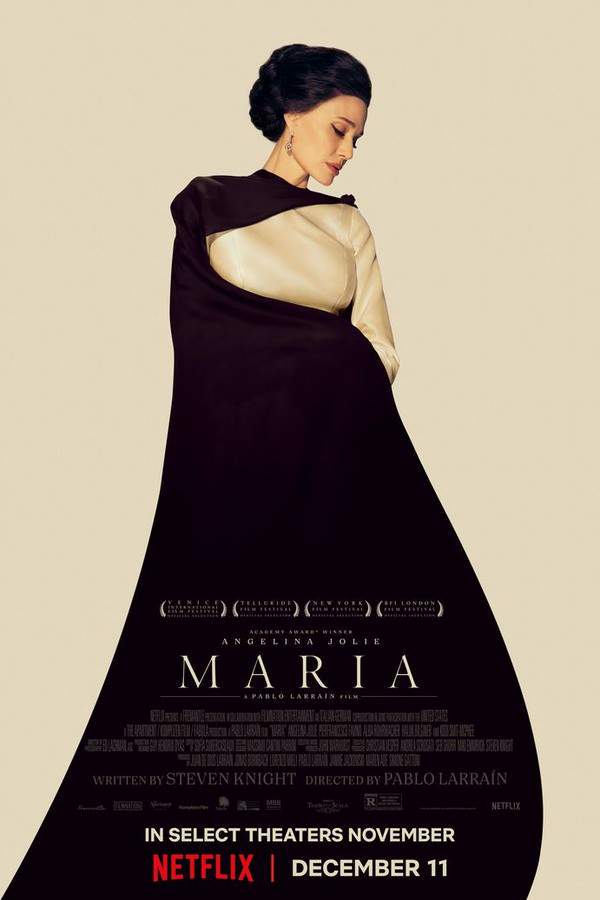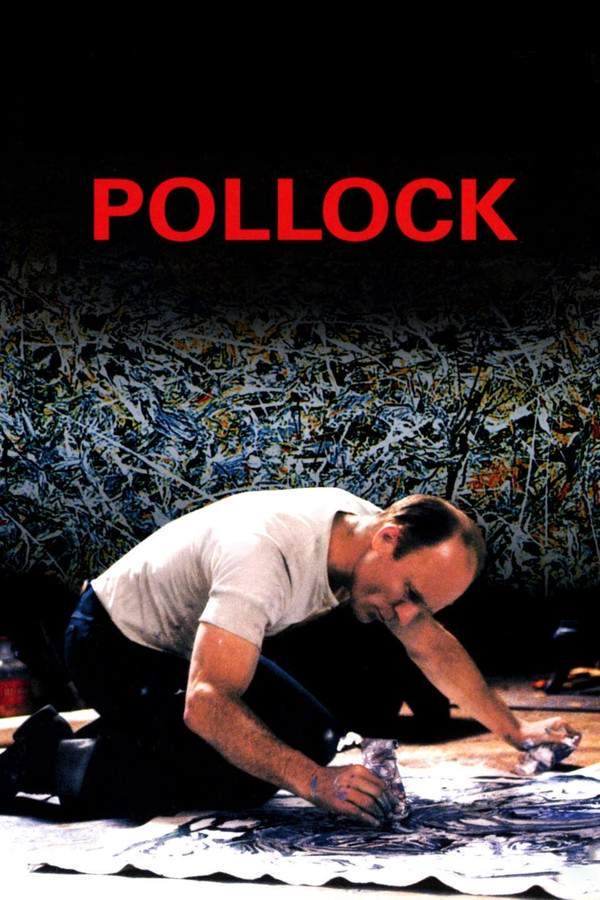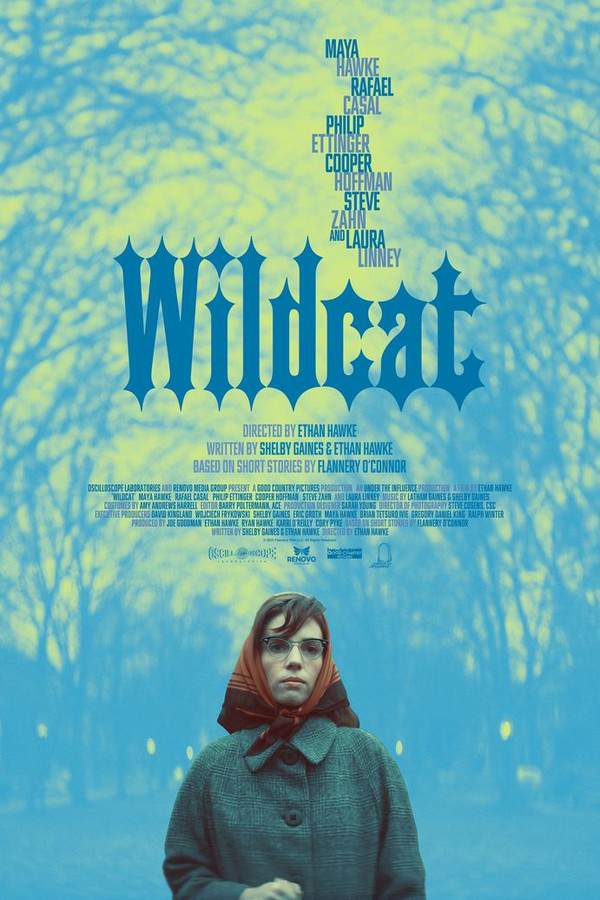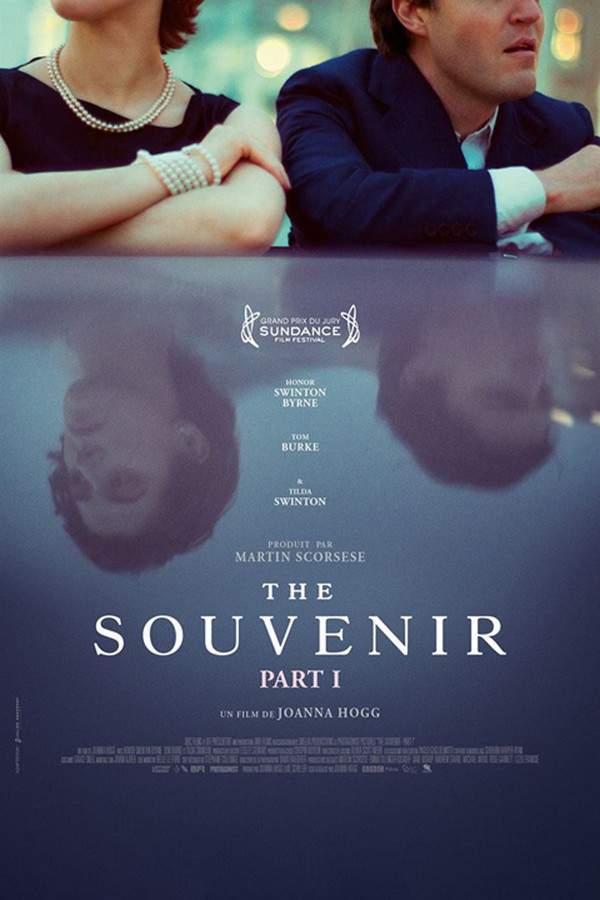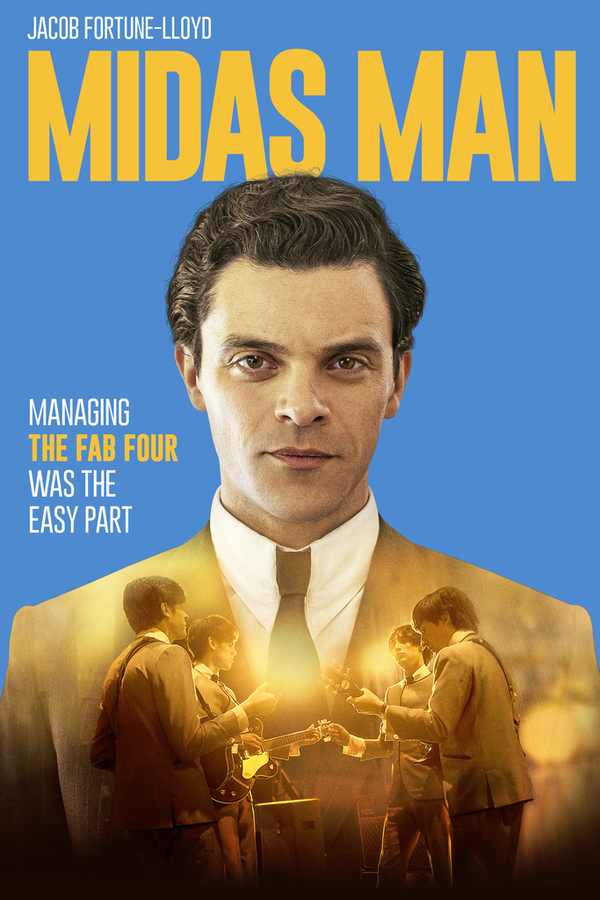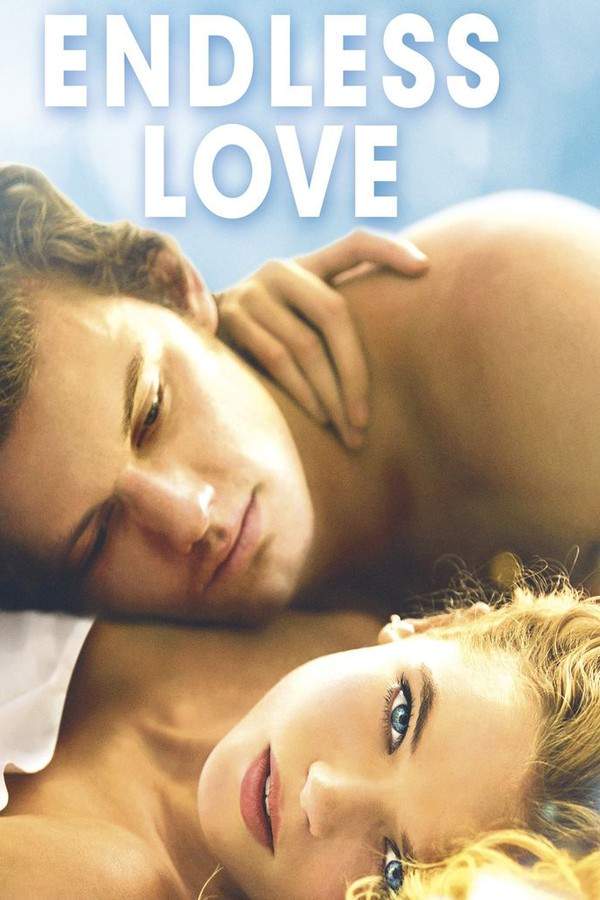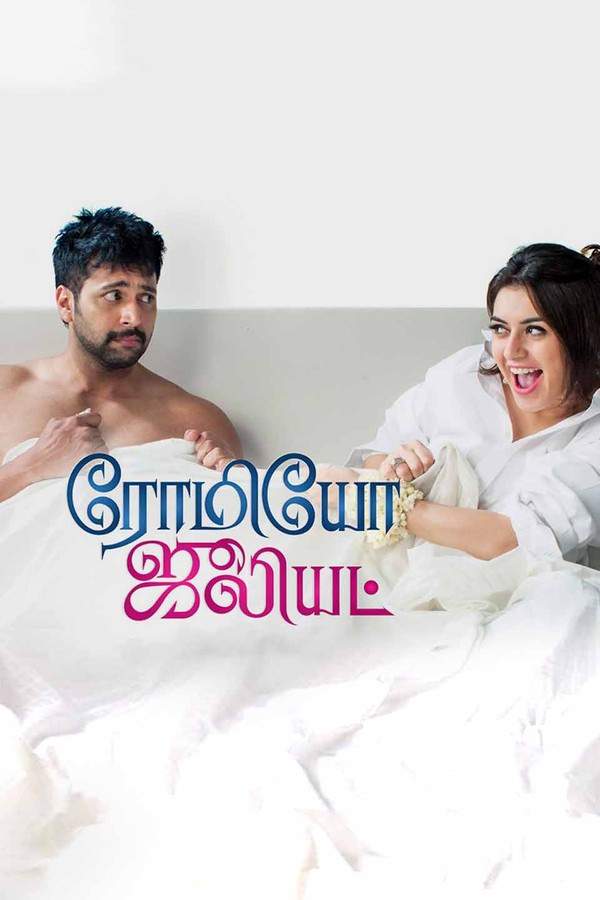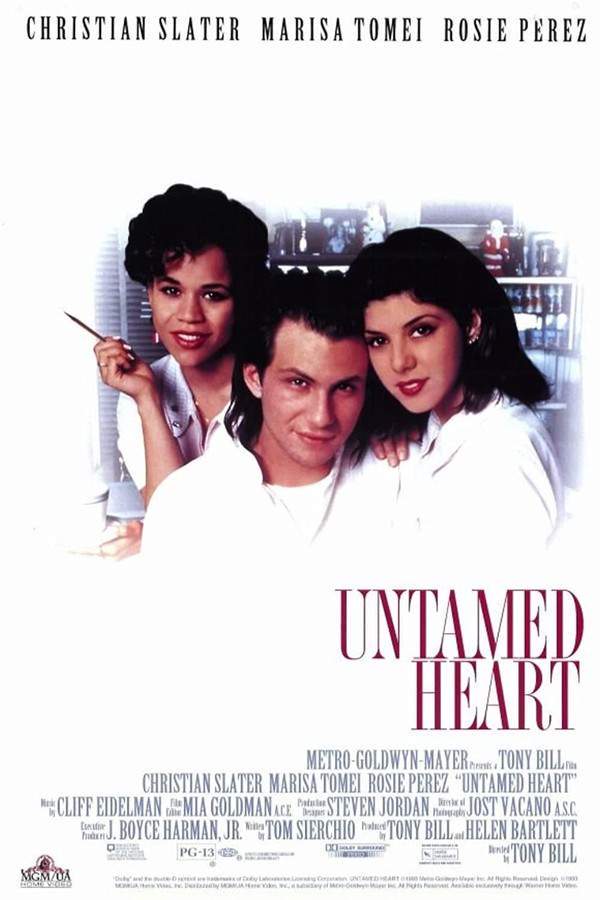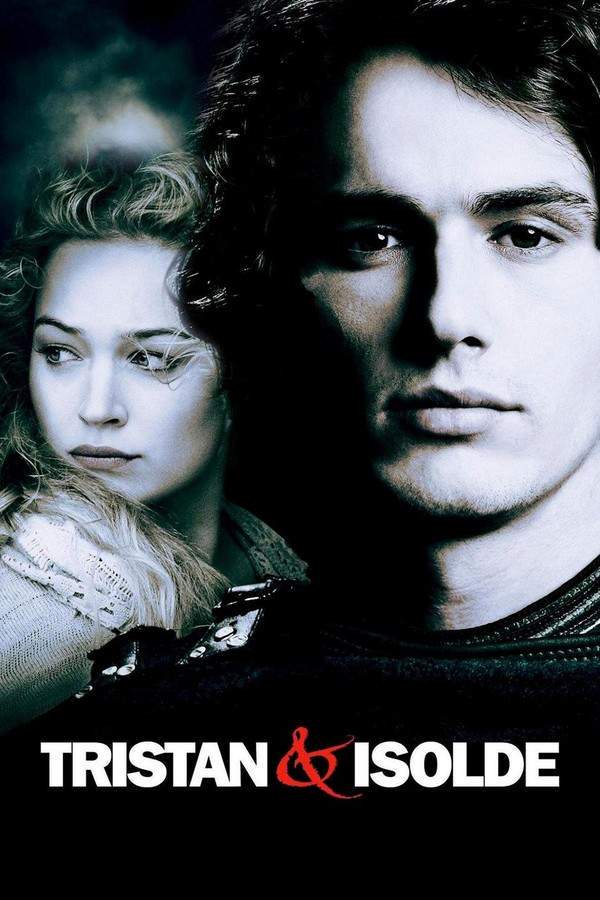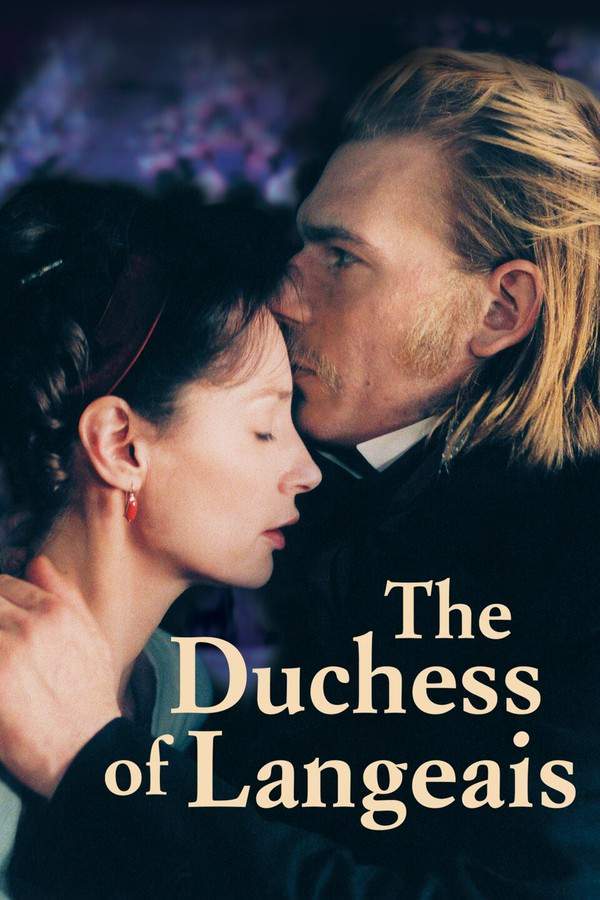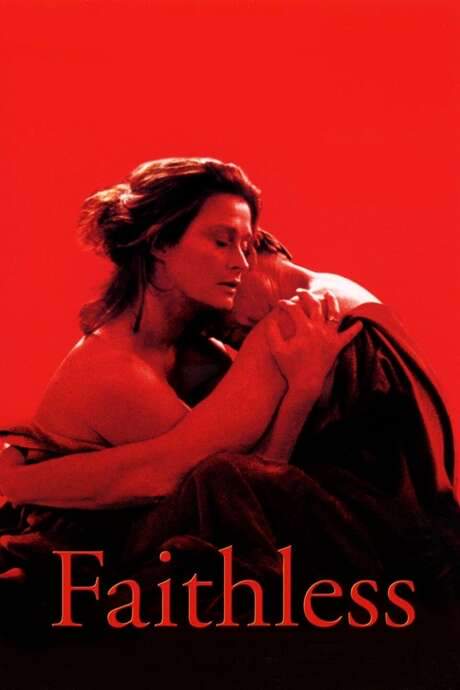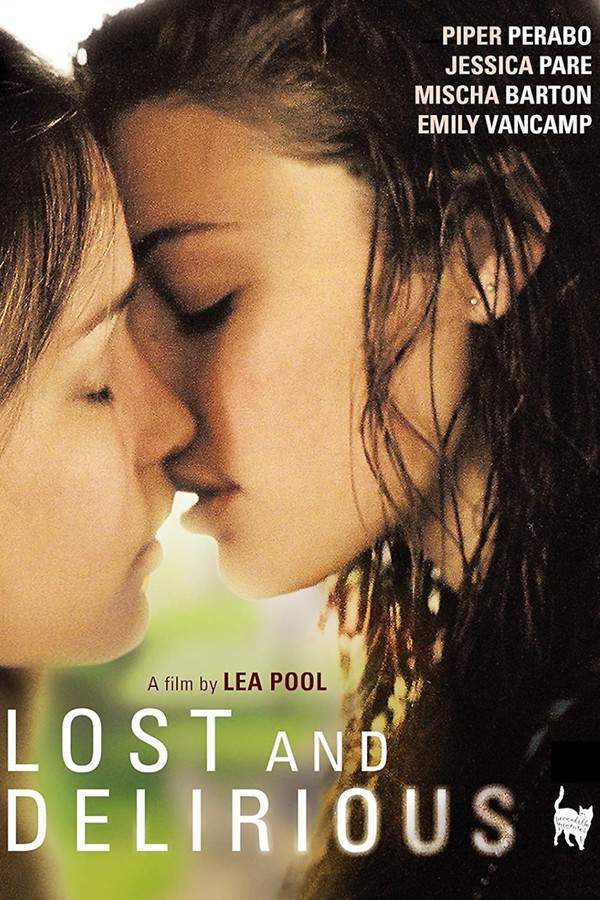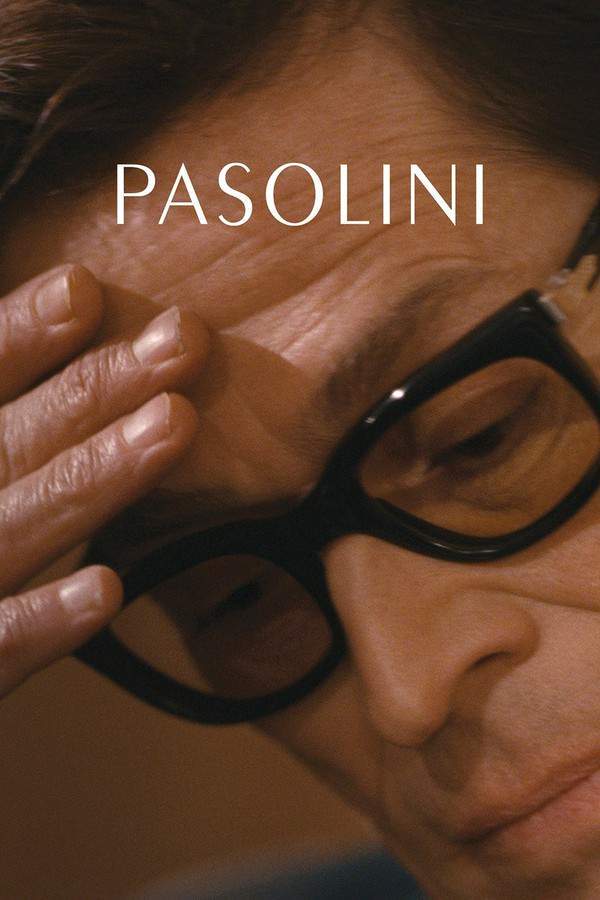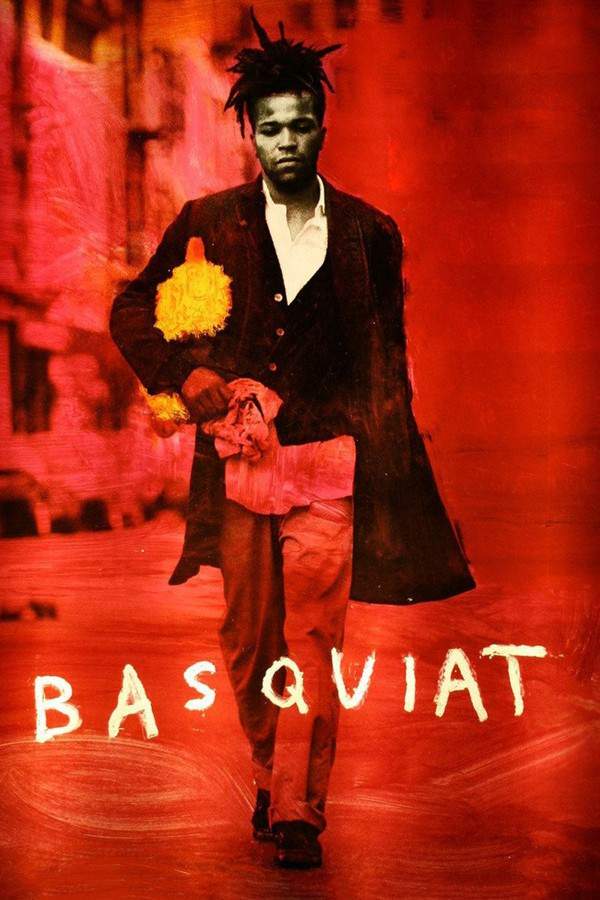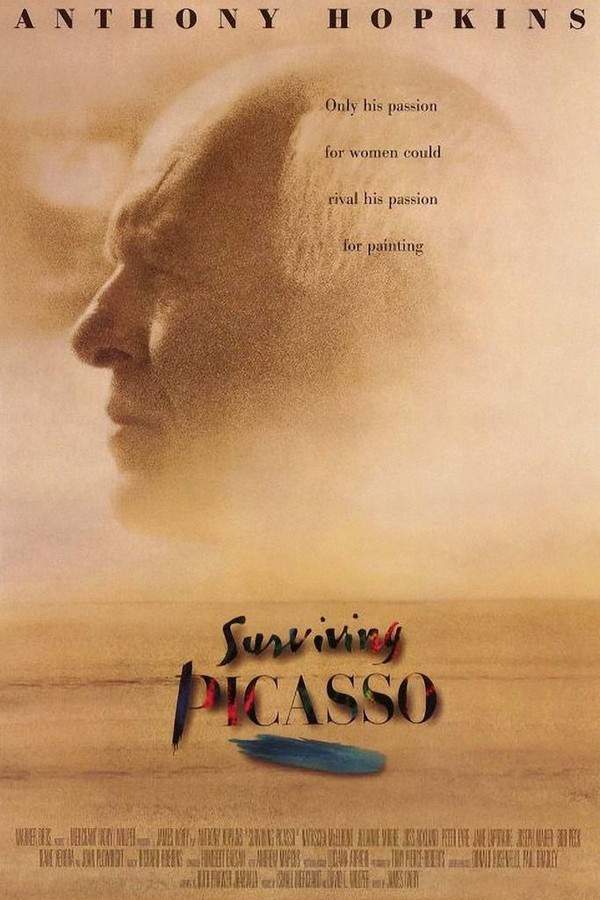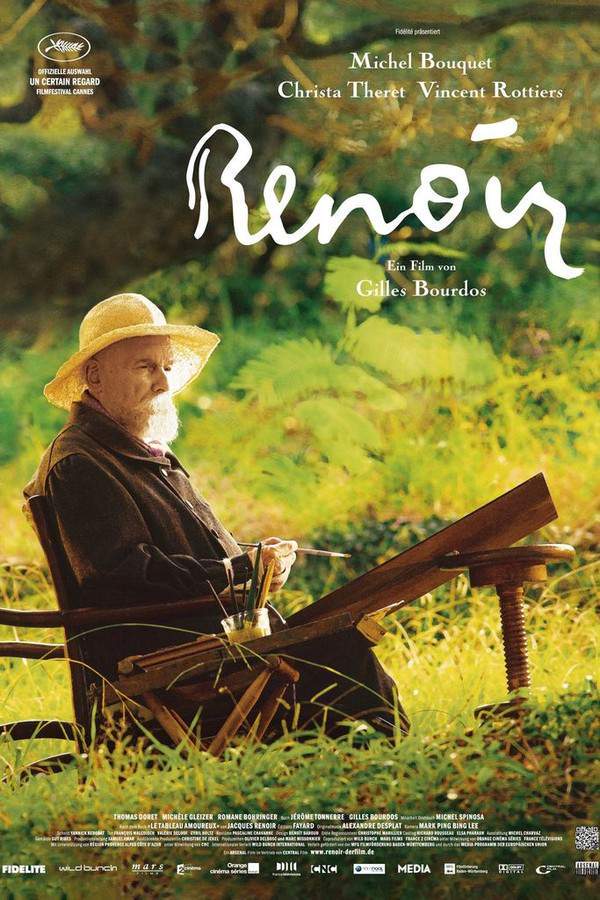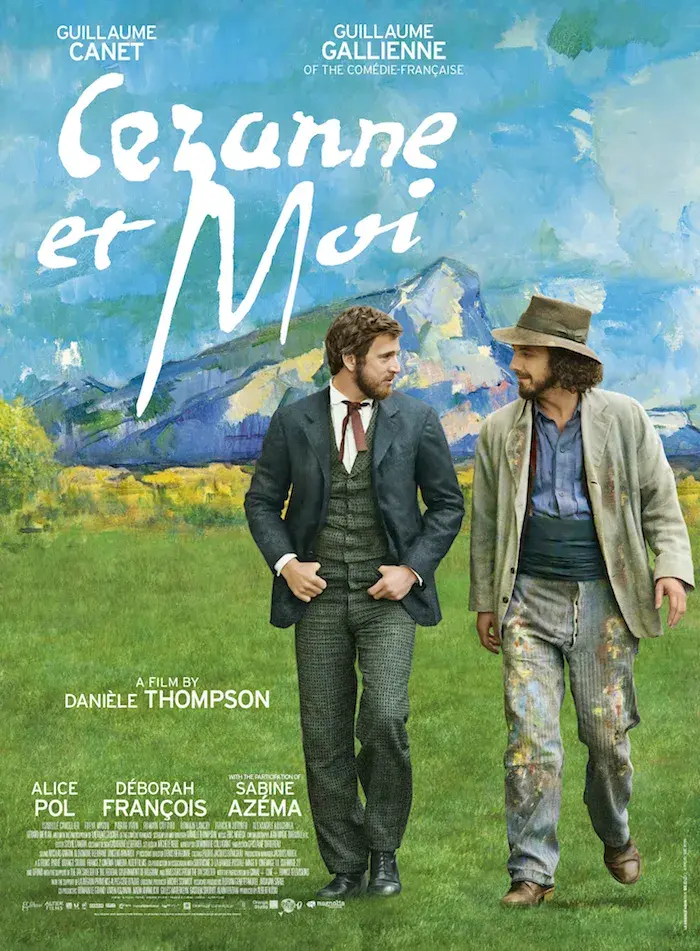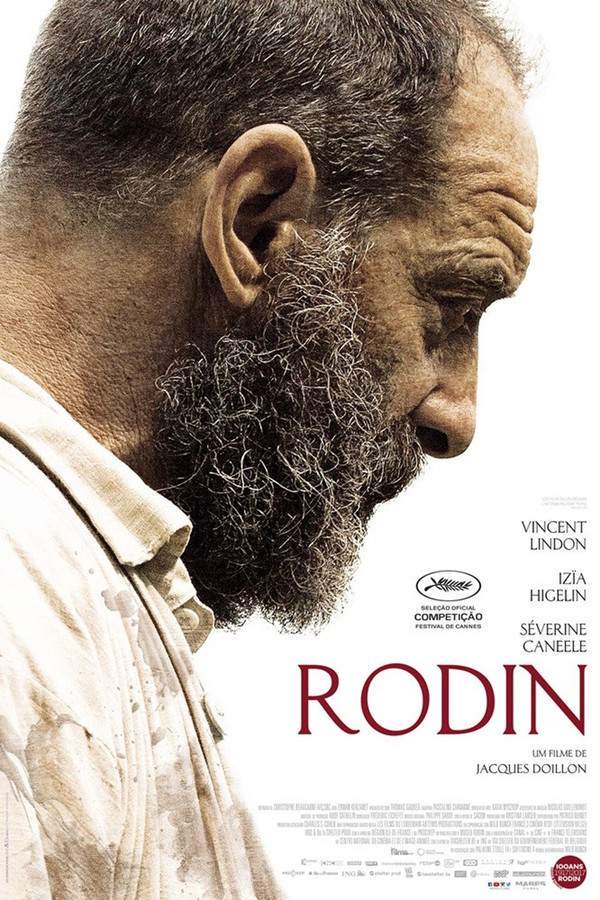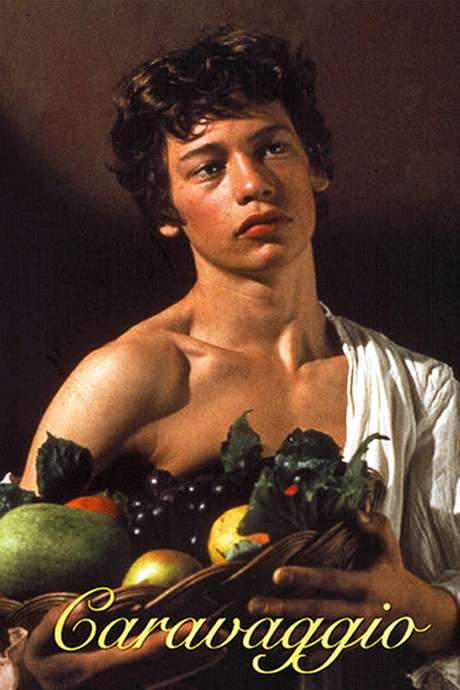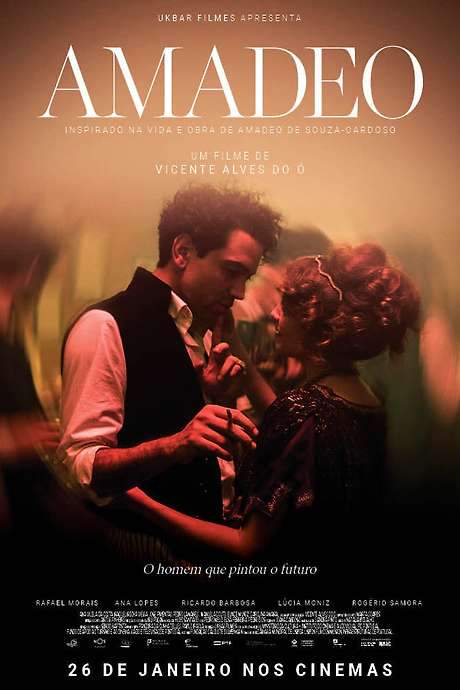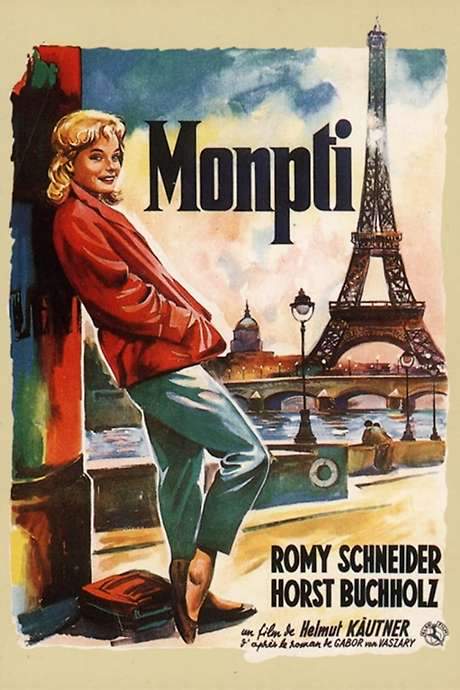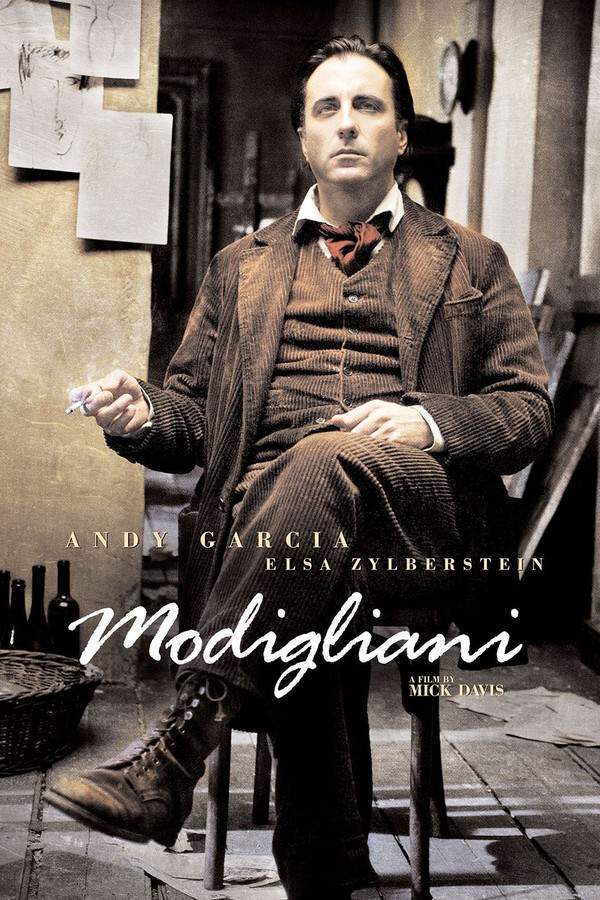
Modigliani
Year: 2005
Runtime: 128 min
Language: English
Director: Mick Davis
In 1920s Paris, the renowned Pablo Picasso enjoys artistic fame, but Amedeo Modigliani grapples with professional setbacks and personal struggles. Facing societal pressures and battling inner demons, Modigliani seeks refuge in his sculpting and painting. He also embarks on a passionate and forbidden love affair with Jeanne Hébuterne, a relationship that complicates his already turbulent life and challenges his place in the art world.
Warning: spoilers below!
Haven’t seen Modigliani yet? This summary contains major spoilers. Bookmark the page, watch the movie, and come back for the full breakdown. If you're ready, scroll on and relive the story!
Modigliani (2005) – Full Plot Summary & Ending Explained
Read the complete plot breakdown of Modigliani (2005), including all key story events, major twists, and the ending explained in detail. Discover what really happened—and what it all means.
Set in postwar Paris, 1919, this biopic follows the life of Italian artist Amedeo Modigliani as he moves through a city buzzing with art, ambition, and restless magnetism. The film centers on how his fierce talent collides with, and is tempered by, his relationship with Pablo Picasso, along with the magnetic pull of Jeanne Hébuterne, a young French Catholic woman who becomes the other half of his stormy world. The landscape of the narrative is as much about intimate longing as it is about the brutal realities of an artist’s life—economic hardship, fragile health, and the volatile social circles that fed and challenged them.
At the heart of the story is Modigliani’s love for Jeanne. Amedeo, an Italian Jew from Livorno, finds in Jeanne a kind of muse and complicating force—a love that brightens his work even as it exposes him to new vulnerabilities. Their bond is passionate but perilous, and it is complicated by Jeanne’s family background and the social constraints of the era. The couple’s hopes are tempered by hardship: a child is on the way, and Jeanne’s father’s stubborn prejudice casts a long shadow over their prospects. When the baby is sent away to a convent, intended to be raised by nuns, Modigliani is struck by grief and a mounting urgency to secure funds that would allow him to protect and raise his child.
To make ends meet, and to safeguard his nascent family, Modigliani becomes entangled in a city-wide art competition that promises prize money and a more secure career. The competition is presented as a crucible in which Paris’s most fearless artists push their craft to its limits. Both Modigliani and Picasso—each harboring doubts about entering a contest they view as beneath their genius—find themselves drawn into the event by the high stakes involved: the welfare of Modigliani’s child, and the possibility of cementing a lasting place in the annals of art. In a moment of desperation, and under the weight of drink and drugs, Modigliani signs up for the roster in a café that serves as a meeting ground for bohemian life. The act is not just a bold claim of his artistry; it becomes a personal vow to fight for his family’s future, a vow that also draws Picasso into the spectacle.
As the day of the competition approaches, the mood across Paris is electric. Modigliani pours his energy into a single painting, tethered to the image of Jeanne in a blue dress—the piece he intends to present as a testament to his love and his skill. He entrusts the work to his closest ally and confidant, Léopold Zborowski, who carries it to the exhibition while Modigliani himself faces a more intimate countdown: the moment at City Hall when he tries to secure a marriage license. The clerk, moved by a quiet belief in their humanity and the evidence of two potential lives growing in their wake, grants the license despite the late hour—a small, significant mercy that underscores the stubborn persistence of life amidst chaos. Modigliani’s celebration is tempered by worry, a sense that he has already gambled too much.
The moment of reckoning arrives as the evening darkens. In the fog of intoxication and nervy anticipation, he is accosted by two men in the café, who misread his supposed wealth and leave him beaten and abandoned in the snow. The brutality of the assault is not just a physical blow; it mirrors the precariousness of a life lived on the edge of poverty and fame. Yet the painting’s resilience remains apparent. When the day ends and the dust settles, Modigliani learns that his blue-dressed Jeanne-hued image has won the competition, surpassing even Picasso’s own cubist entry, a testament to a moment when his art spoke more loudly than any rivalry.
The triumph, however, is bittersweet. House calls, hospital rooms, and the concern of friends reveal that Modigliani’s body cannot sustain the strain of his addictions and his relentless pressure to create. He is taken by his peers to receive medical care, despite Jeanne’s protests, and his condition deteriorates. He passes away in the hospital, a death that is as much a product of circumstance as of genius. In the wake of his death, Jeanne, unable to cope with the loss and the life they might have built together, dies by falling from a window. The lovers’ ashes are laid to rest side by side, along with the unborn child, a final testament to a love that burned intensely and briefly within Paris’s maelstrom of art, desire, and survival.
Throughout the film, the atmosphere of Paris—its narrow streets, its smoky cafes, and its feverish artistic energy—serves as a vivid backdrop to a deeply human story. The narrative treats Modigliani’s life with a measured, neutral tone, presenting the emotional highs and lows without melodrama, and it provides a clear window into the sacrifices artists make when their visions clash with the harsher demands of life. The result is a portrait that honors both the genius of Modigliani and the human cost of chasing art in a world where fame can be as precarious as a fragile life.
Last Updated: October 09, 2025 at 15:43
Explore Movie Threads
Discover curated groups of movies connected by mood, themes, and story style. Browse collections built around emotion, atmosphere, and narrative focus to easily find films that match what you feel like watching right now.
Tragic artist biopics like Modigliani
Dramas exploring the turbulent lives and inevitable downfalls of brilliant but troubled creators.For viewers who appreciated the emotional depth of Modigliani, this section features movies like it that explore the turbulent lives of famous artists. These similar biography dramas focus on creative genius overshadowed by personal tragedy, addiction, and a struggle for recognition, often ending with a sad but impactful finale.
Narrative Summary
These narratives typically follow a biographical arc, charting the protagonist's rise of creative fervor against a backdrop of escalating personal struggles. The central conflict is often internal—a battle with addiction or mental health—as well as external, such as societal prejudice or professional rivalry. The journey is marked by moments of brilliance but tends toward an inevitable, emotionally heavy conclusion.
Why These Movies?
Movies in this thread share a deep focus on the price of genius, blending artistic passion with profound human suffering. They are united by a melancholic tone, steady pacing that builds towards tragedy, and a heavy emotional weight derived from themes of ambition, failure, and loss.
Movies with forbidden love stories like Modigliani
Intense, passionate relationships that flourish in adversity but are destined for heartbreak.If you liked the passionate and tragic romance in Modigliani, explore these movies with similar forbidden love stories. These films feature intense relationships challenged by societal pressures, family conflict, or external tragedy, creating a deeply romantic yet ultimately heartbreaking viewing experience.
Narrative Summary
The plot revolves around a central romance that is forbidden or ill-fated from the start. The lovers' journey is one of stolen moments and fierce defiance against external pressures. This central conflict creates high emotional stakes, and while the love itself is a source of beauty and passion, the overarching narrative arc often leads to sacrifice, separation, or a joint tragic end.
Why These Movies?
These films are grouped by their core emotional dynamic: a high-stakes romance that is both the source of the story's greatest passion and its deepest sorrow. They share a passionate yet melancholic mood, high emotional intensity, and a narrative where love and tragedy are inextricably linked.
Unlock the Full Story of Modigliani
Don't stop at just watching — explore Modigliani in full detail. From the complete plot summary and scene-by-scene timeline to character breakdowns, thematic analysis, and a deep dive into the ending — every page helps you truly understand what Modigliani is all about. Plus, discover what's next after the movie.
Modigliani Timeline
Track the full timeline of Modigliani with every major event arranged chronologically. Perfect for decoding non-linear storytelling, flashbacks, or parallel narratives with a clear scene-by-scene breakdown.

Characters, Settings & Themes in Modigliani
Discover the characters, locations, and core themes that shape Modigliani. Get insights into symbolic elements, setting significance, and deeper narrative meaning — ideal for thematic analysis and movie breakdowns.

Modigliani Spoiler-Free Summary
Get a quick, spoiler-free overview of Modigliani that covers the main plot points and key details without revealing any major twists or spoilers. Perfect for those who want to know what to expect before diving in.

More About Modigliani
Visit What's After the Movie to explore more about Modigliani: box office results, cast and crew info, production details, post-credit scenes, and external links — all in one place for movie fans and researchers.

Similar Movies to Modigliani
Discover movies like Modigliani that share similar genres, themes, and storytelling elements. Whether you’re drawn to the atmosphere, character arcs, or plot structure, these curated recommendations will help you explore more films you’ll love.
Explore More About Movie Modigliani
Modigliani (2005) Scene-by-Scene Movie Timeline
Modigliani (2005) Movie Characters, Themes & Settings
Modigliani (2005) Spoiler-Free Summary & Key Flow
Movies Like Modigliani – Similar Titles You’ll Enjoy
Pasolini (2019) Full Movie Breakdown
Basquiat (1996) Full Movie Breakdown
Surviving Picasso (1996) Full Summary & Key Details
Renoir (2013) Film Overview & Timeline
Cézanne et Moi (2017) Complete Plot Breakdown
Rodin (2018) Full Summary & Key Details
Caravaggio (1986) Complete Plot Breakdown
Camille Claudel (1988) Full Summary & Key Details
Amadeo (2023) Complete Plot Breakdown
The Picasso Summer (1969) Story Summary & Characters
The Lovers of Montparnasse (1958) Full Summary & Key Details
Monpti (1957) Detailed Story Recap
Modì, Three Days on the Wing of Madness (2024) Film Overview & Timeline
The Adventures of Picasso (1978) Full Summary & Key Details
Capricci (1969) Detailed Story Recap

